Event
How are all 52 Formula 2 and Formula 3 cars shipped around the world?
by Samarth Kanal
7min read
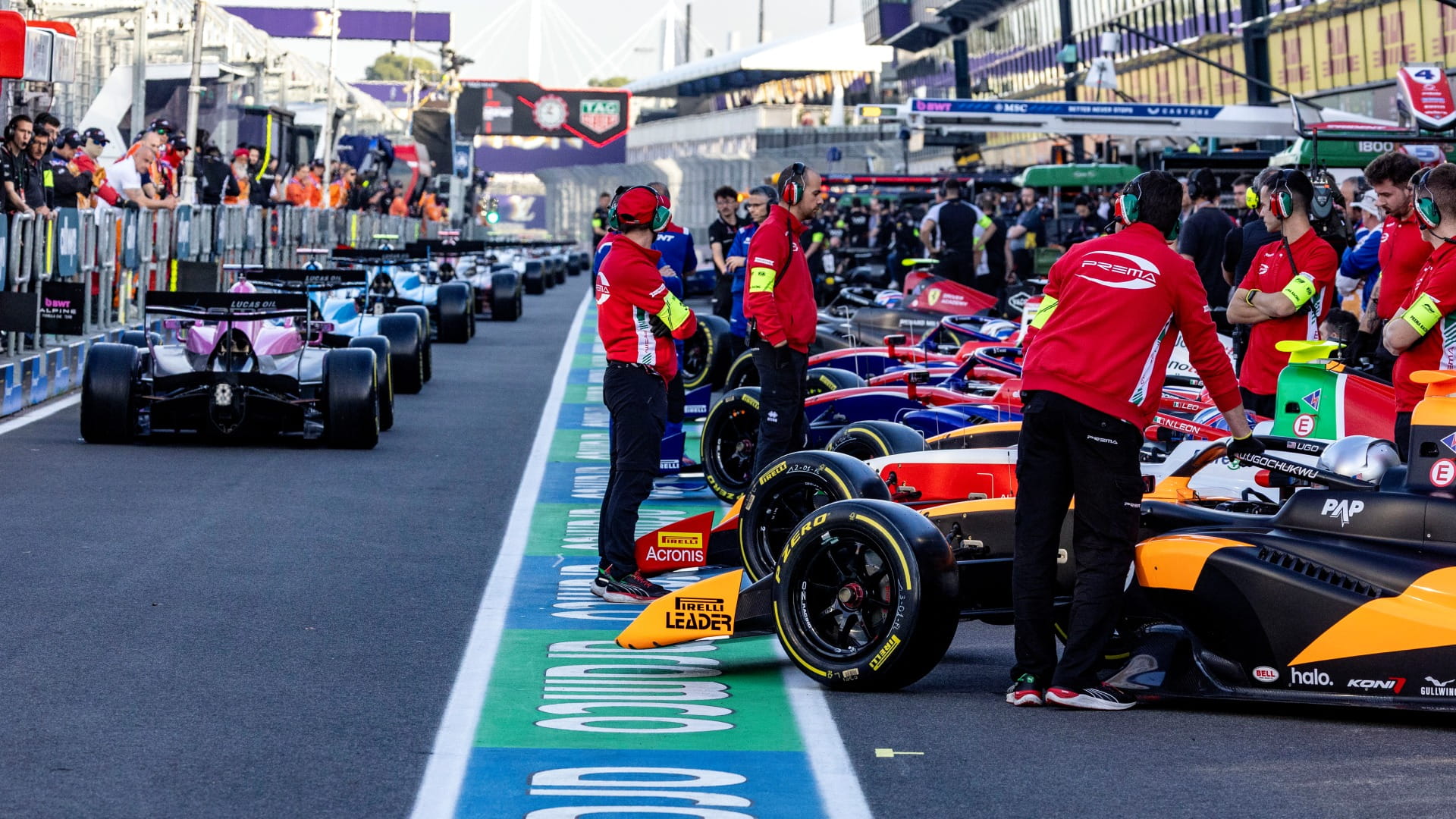
The 2025 FIA Formula 2 and Formula 3 championships will comprise 48 races involving 52 cars around the globe - but who takes care of the shipping and logistics?
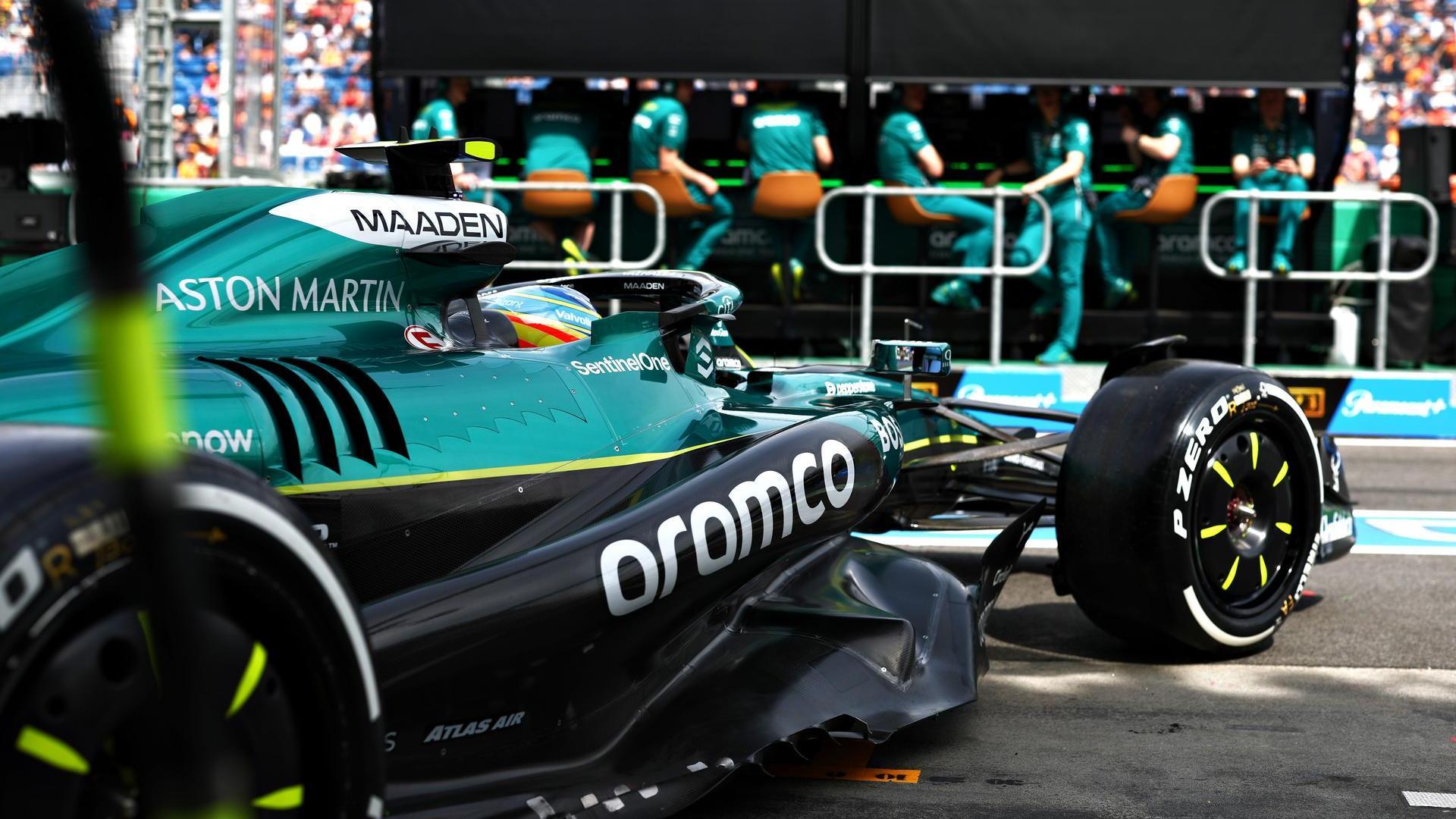
Sign up for a weekly newsletter and we'll make sure you're fully up-to-date in the world of race technology
.jpg?cx=0.5&cy=0.5)
The 2025 Formula 2 and Formula 3 seasons began in Australia in March
From Australia to Abu Dhabi
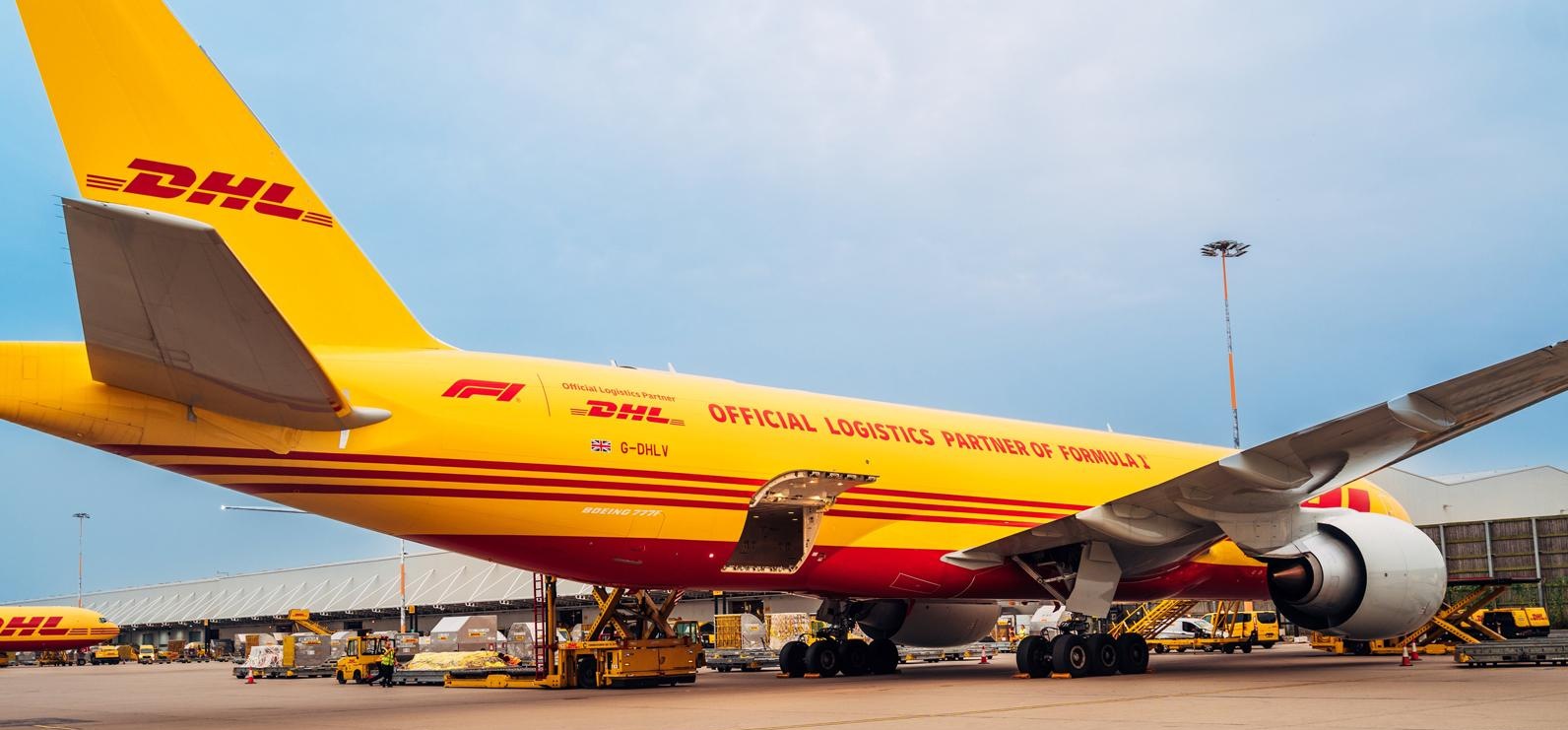
An example of a Boeing 777 plane used by F2 and F3 to transport cars and tools around the world
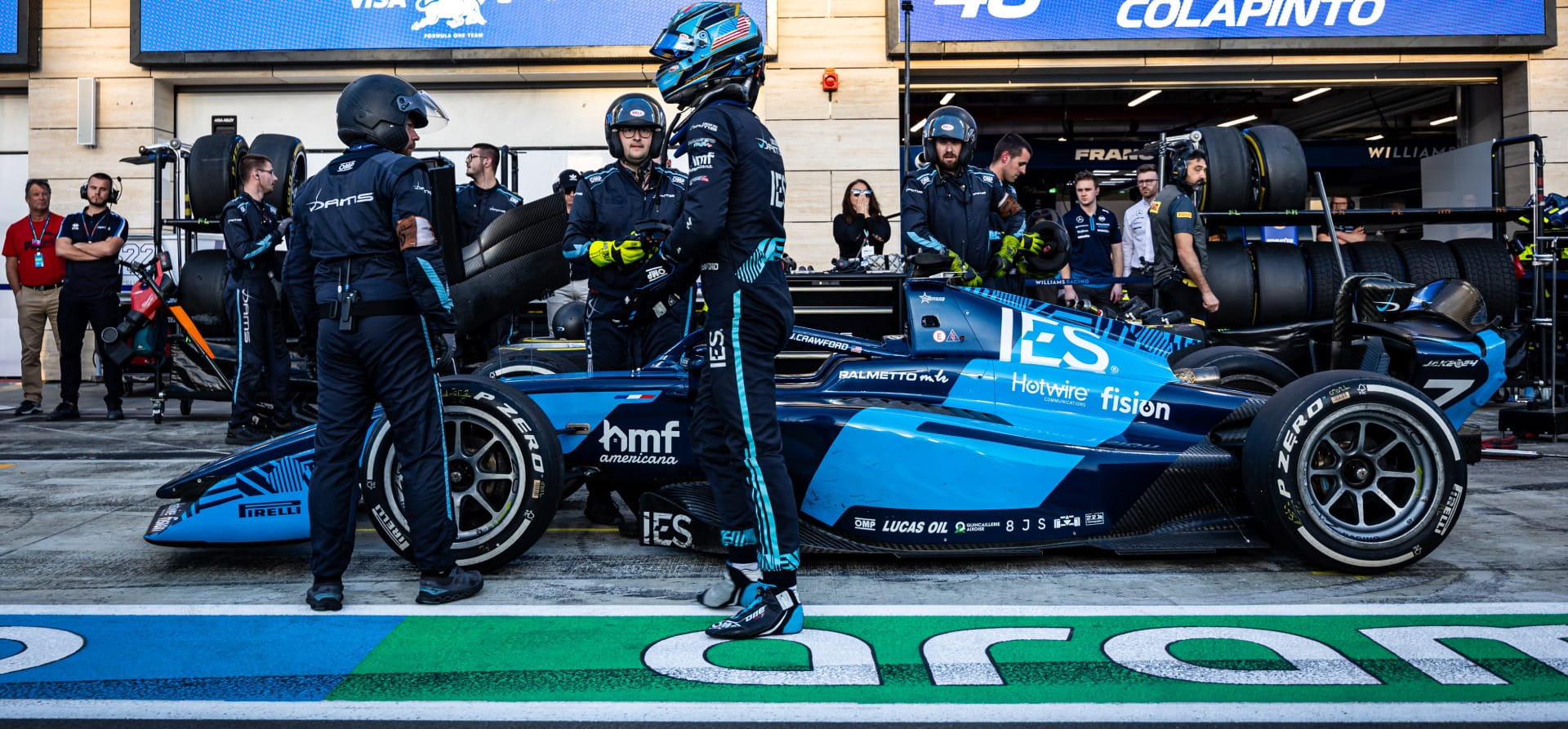
F2 teams have just 12 nominated trackside staff per round
Boxed in
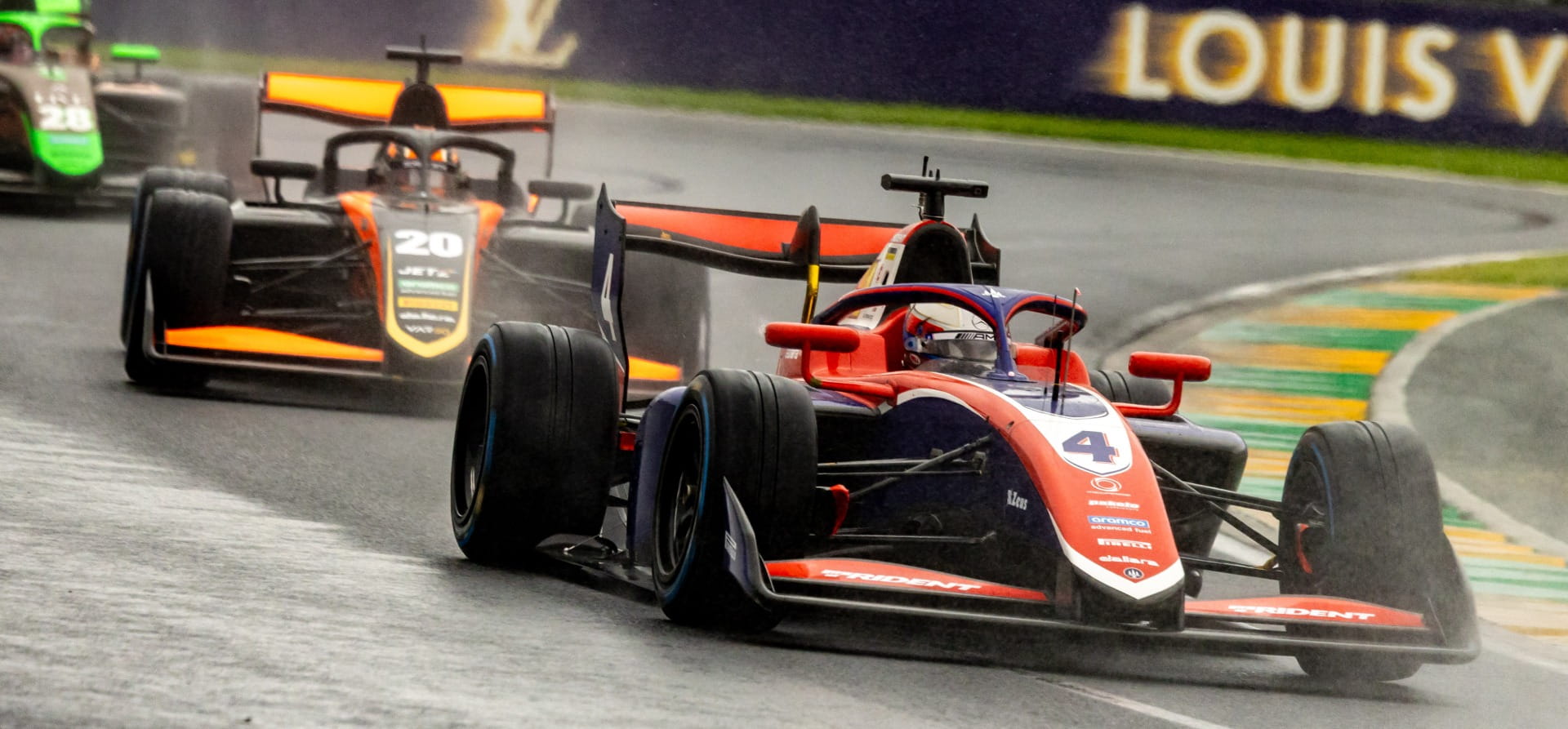
Logistics is a small - but crucial - consideration when designing cars for a spec series like F3

F3 cars raced in the wet in the opening feature race of the season at Melbourne
Sharing F1 equipment
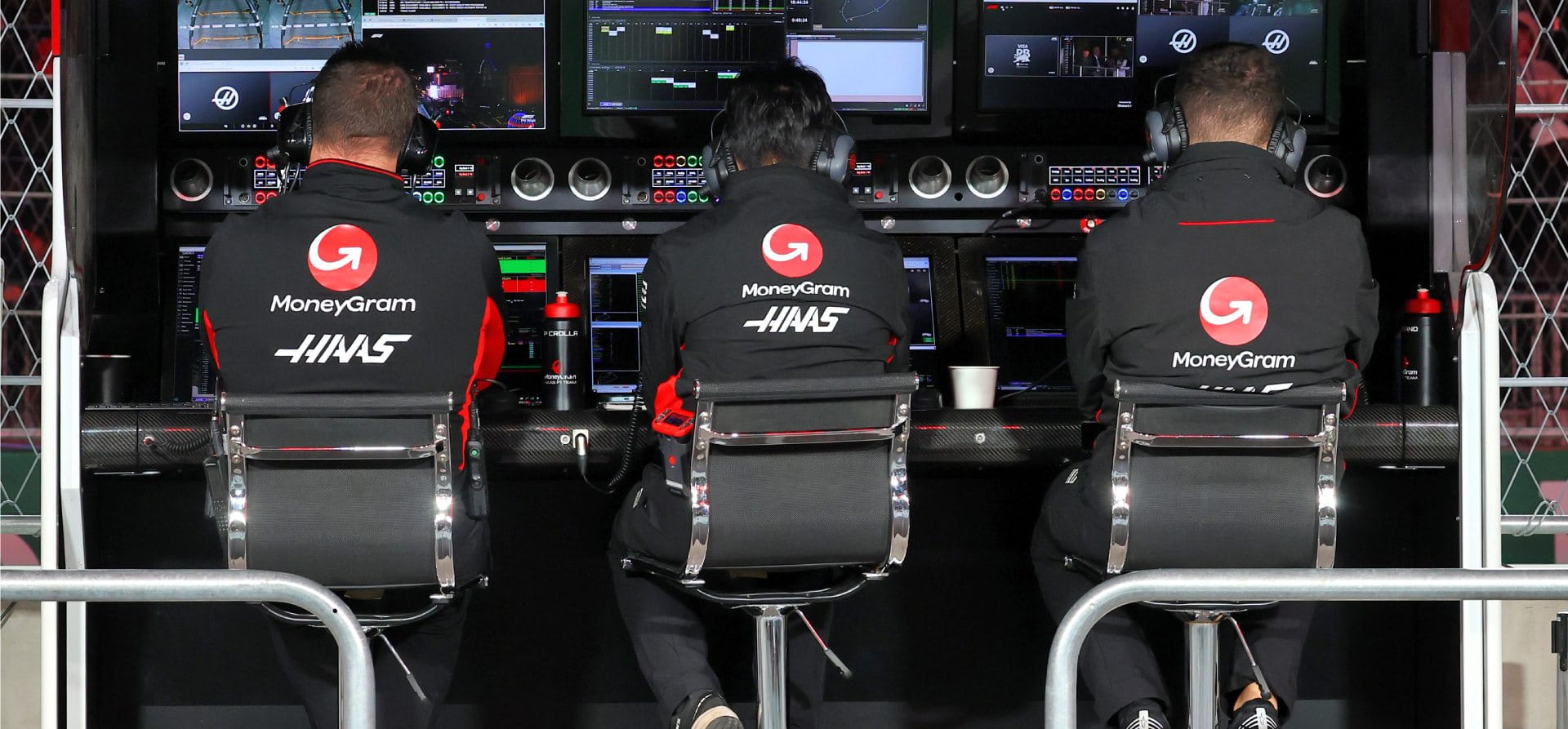
The three-person Haas pitwall that was used in 2023 and 2024 before being doubled in size for 2025
.jpg?cx=0.5&cy=0.5)
Monaco introduces a challenge with a lack of space - and longer travel times between the F2/F3 paddock and the Formula 1 paddock
.jpg?cx=0.5&cy=0.5)
.jpg?cx=0.5&cy=0.5)
.jpg?cx=0.5&cy=0.5)

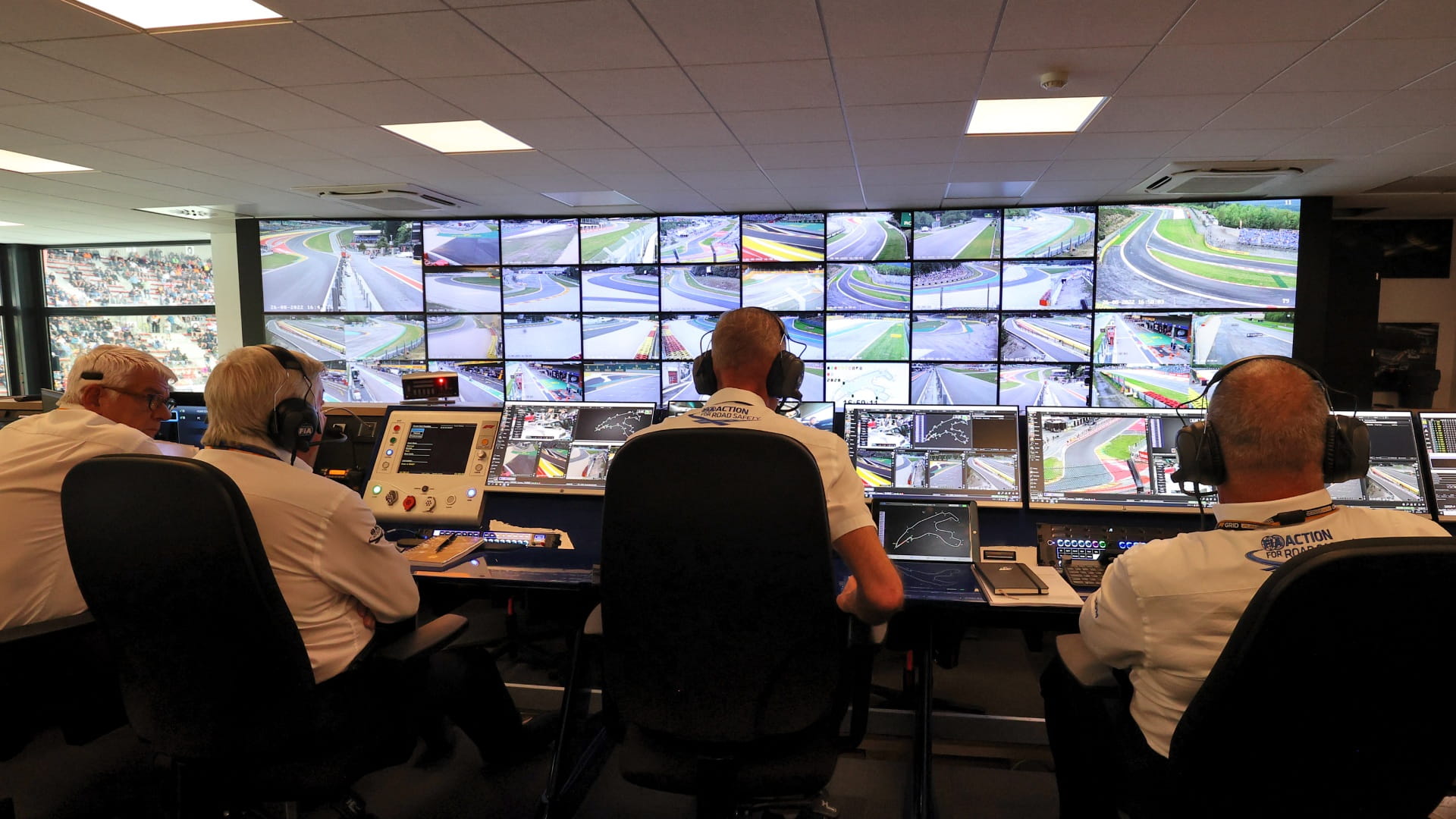
.jpg?cx=0.5&cy=0.5)

